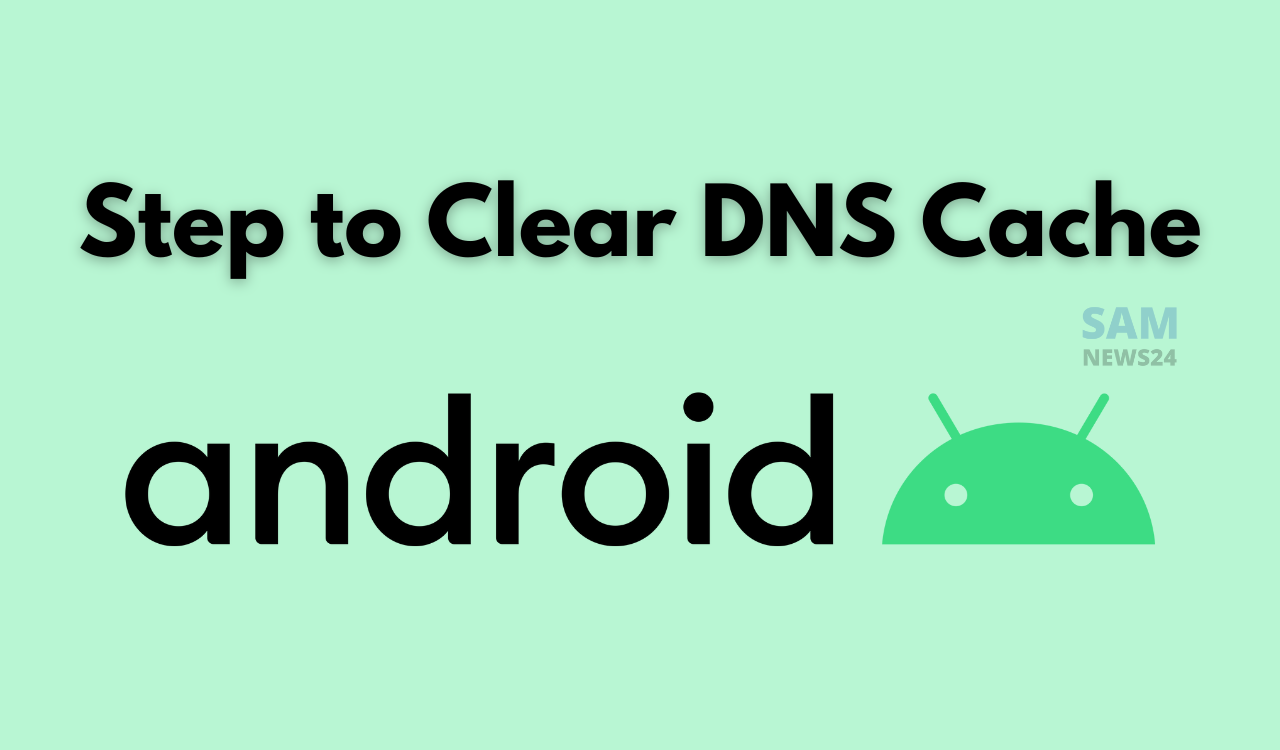People who work in the field of networking are aware of the axiom: “It’s always DNS.” The reason beyond the same is most issues related to the network arise due to outdated network cache. This happens, when the browser is unable to connect to an otherwise functional website, it indicates that there are certain issues with your DNS cache. In this scenario, there’s simply a need to flush the DNS cache in order to fix it. Therefore, if you’re also one who often faces connectivity issues then this article is for you.
Flush DNS Cache on Android Devices (2023)
In order to flush the DNS cache on Android devices, it includes four ways. Apart from the traditional approach, there’s also an option to clear the DNS cache system-wide. For this, you need to have a root user.
Clear DNS Cache in Google Chrome
Google Chrome is the default browser on Android devices as it simultaneously handles a lot of system functionalities as well. Therefore, if you’re one who often uses it then you can flush the DNS cache on Android. Here is the step to go about it.
- First, open Chrome on your Android device and type the below path. Then, hit enter the command: chrome://net-internals/#dns
- It will route you to the DNS lookup page. Here, tap the “Clear host cache” button to flush the DNS cache on your Android device.
Chrome’s Setting Page
Since it is believed that clearing Chrome’s browsing data like cache removes cached images and files. On the other hand, some have the perception that emptying the app cache sort out many of the DNS issues as well. While, if this is not going to work in your case then step ahead with the given steps:
1. Tap and hold Chrome to see a quick shortcut menu. Tap on “i” or “App Info” to open Chrome’s app information page.
2. Open “Storage usage” and tap on “Clear cache” on the next page. This action will delete all the local cache stored on your Android device and will likely fix DNS-related issues as well.
Change the DNS Server on Android
Also, if the DNS server is not able to resolve the lookup instead of clearing the DNS cache. Then simply change the DNS server. While, with Android 9, Google adds a system-wide DNS setting. While for a further setting step ahead with the below details.
On Android 9 and Above
1. Tap on Settings and move to “Connecting & sharing“. Tapping on the “Private DNS” option. While in the case of other Android skins, the Private DNS setting might be under “Connections”.
2. Up next, choose “Designated private DNS” and tap on “Modify“. Here, enter the DNS server of your choice.
On Android 8.1 and Older
1. On the other hand, in the case of Android Oreo and older versions. Open settings and head towards “Wi-Fi”. Again open the Wi-Fi access point you are connected to and change the “IP settings” to “Static“.
2. Next, change the DNS 1 and DNS 2 addresses for the Wi-Fi connection. Considering Cloudflare as an example, then you can enter 1.1.1.1 and 1.0.0.1. Note that, you need to change the DNS server for each Wi-Fi connection manually. If you don’t want to do that, you can use a third-party app.
Using a Third-party App
1. Install the DNS Changer app from the Play Store on your device. Open it and choose the custom DNS server from the list.
2. Finally, tap on “Start,” and you are done. Since the app utilizes Android’s VPN API to route all the traffic through the custom DNS server, you will get a pop-up to approve the VPN connection.
3. By the way, you can also directly use Cloudflare’s WARP app (Free, offers in-app purchases) to change the DNS server.
Flush the DNS Cache on Android Devices (For Root Users)
Technically, clearing the DNS cache system-wide is only possible if you have rooted your Android phone. With a single command, you can flush the DNS cache on your Android phone easily. Here is how to go about it.
I’m assuming you have already rooted your Android device. Now, install Termux (Free) and grant root permission to Termux via Magisk. Next, run the below commands to flush the DNS cache on your Android phone.
su
ndc resolver clearnetdns wlan0/rmnet0
Resolve Internet Issues on Android by Clearing the DNS Cache
Therefore, these above steps will definitely help you out, in order to clear the DNS cache on your Android phone or tablet. If you often face a DNS lookup failed error, this tutorial will help you fix the problem.
